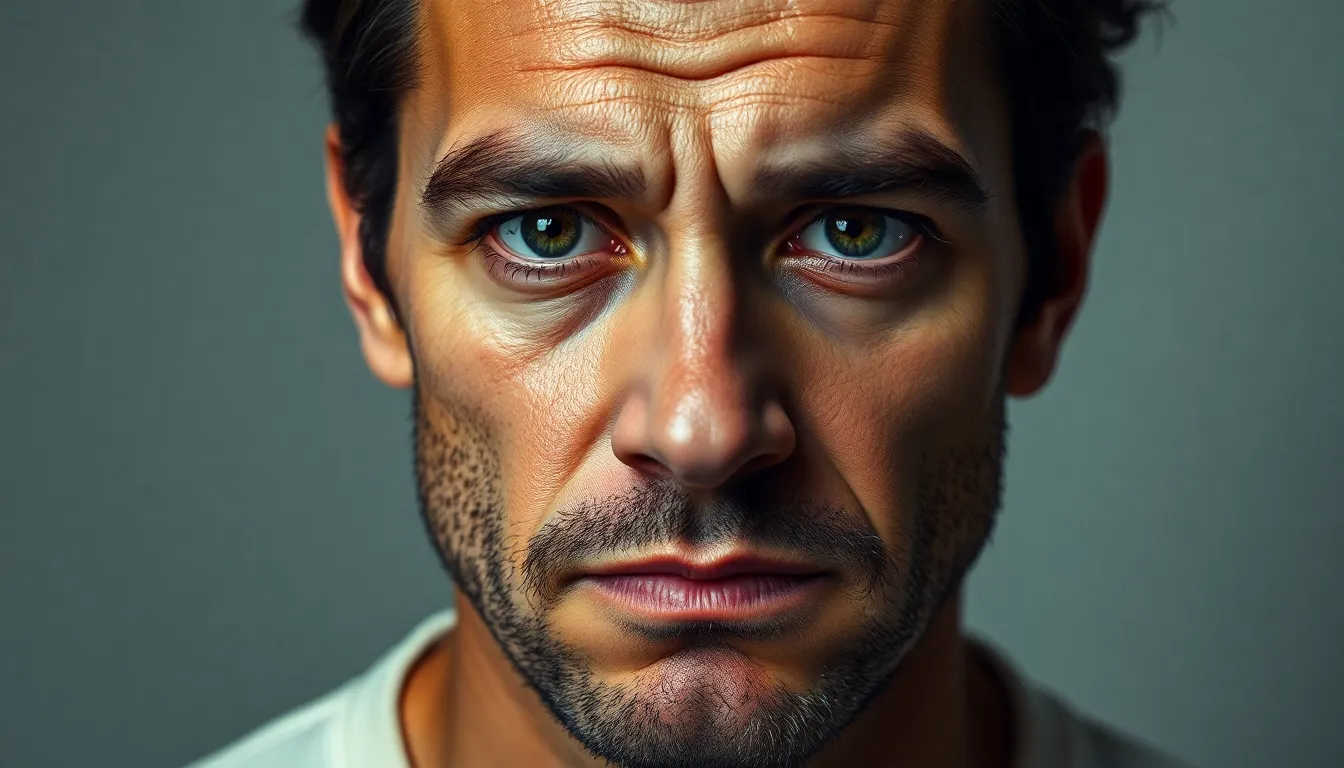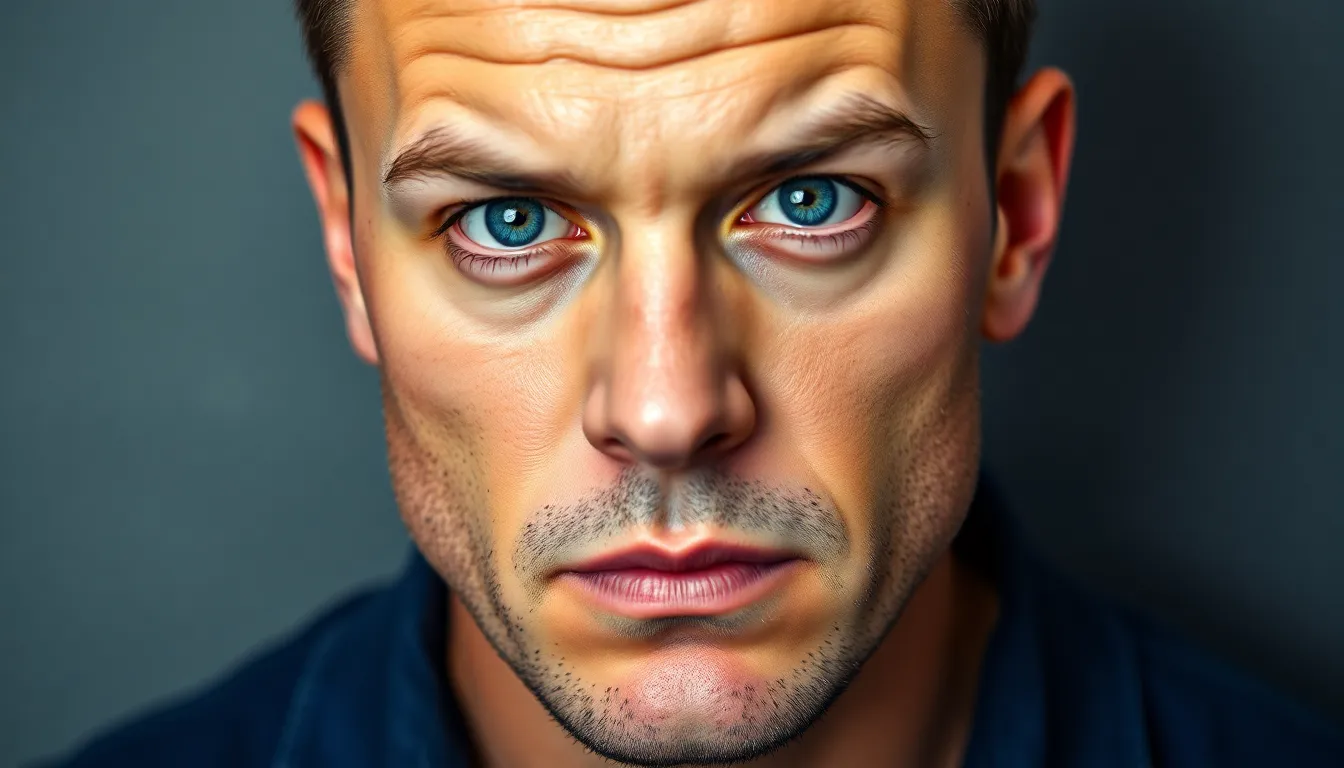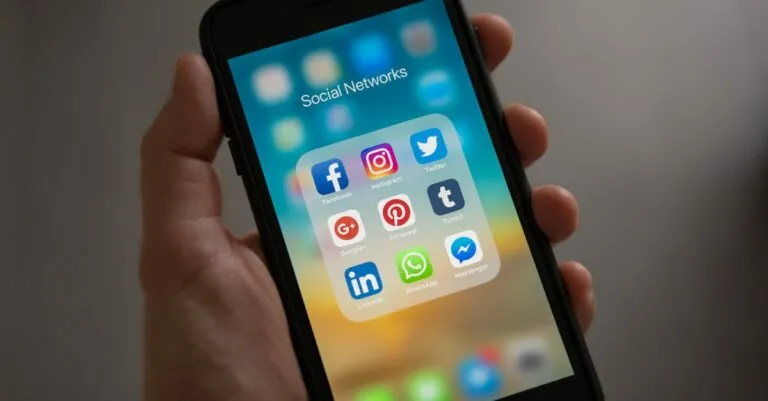In a world where social media reigns supreme, some mugshots have taken on a life of their own. These viral snapshots, often featuring bewildered expressions and unfortunate hairstyles, become instant internet sensations. Who knew a simple police photo could spark laughter, memes, and even a dash of sympathy?
From the infamous “Catch Me If You Can” mugshot to the bewildered faces of those caught in the act, these images tell stories that resonate far beyond the courtroom. They highlight the human experience in its most unfiltered form, reminding us that everyone has a moment they’d rather forget—and sometimes, those moments are just too good not to share. So, buckle up as we dive into the wild world of viral mugshots, where the line between infamy and fame blurs in the most entertaining ways.
Table of Contents
ToggleWhat Is a Viral Mugshot?
A viral mugshot refers to a police photograph that gains widespread attention, often shared across social media platforms. These images can evoke a variety of emotions, from amusement to empathy, showcasing the complexity of human experiences. People frequently react to these mugshots, producing memes or joking comments that highlight the absurdity of the situation.
Social media plays a crucial role in the spread of viral mugshots, allowing images to reach millions within hours. An example is the mugshot of Jeremy Meeks, whose striking appearance led to an explosion of online shares and even modeling opportunities. Such instances underline how a moment in time can transform someone’s life from infamy to unexpected fame.
Cultural context significantly influences the perception of viral mugshots. They often reflect societal attitudes toward crime, appearance, and humor. Memes created from these images can bolster popularity, shifting public perception and potentially leading to discussions about justice and redemption.
Not every viral mugshot fits a mold. Various factors contribute to the image’s virality, including the background story of the individual involved and the circumstances surrounding their arrest. The intersection of crime, beauty, and humor creates a unique dynamic that captivates audiences.
In essence, viral mugshots serve as a lens through which society views crime and humanity. They endure as artifacts of digital culture, constantly reminding viewers that everyone has moments they’d rather forget, but the internet often immortalizes these fleeting vulnerabilities.
The Rise of Viral Mugshots

Viral mugshots have captured public interest through their emotional range and striking imagery. Social media accelerates their spread and fuels discussions about crime and humanity.
Social Media Impact
Social media platforms amplify the reach of viral mugshots, creating online phenomena. Users share images and headlines, generating significant visibility. For example, memes often emerge from these mugshots, blending humor and pathos, captivating audiences. Instantaneous sharing contributes to rapid responses, making once-unknown individuals viral sensations. Engagement metrics demonstrate how quickly a mugshot can go from obscurity to fame within hours. Additionally, hashtags associated with these images let users create conversations around underlying stories, sparking empathy or amusement across demographics.
Celebrity Influence
Celebrity involvement can elevate a mugshot’s profile significantly. Names like Jeremy Meeks exemplify how striking features can lead to unexpected fame. Media coverage also plays a critical role in transforming a mugshot into a cultural phenomenon. Influencers often comment or create content around these images, shaping public perception. Celebrities’ reactions may shift discussions toward themes of redemption or societal critique. By transforming a legal predicament into a trending topic, these mugshots highlight society’s fascination with the intersection of crime and celebrity culture.
Legal and Ethical Considerations
Viral mugshots raise significant legal and ethical questions, especially regarding privacy and misuse.
Privacy Concerns
Sharing mugshots online often infringes on individuals’ privacy rights. Individuals frequently experience unwarranted exposure, impacting their personal lives and reputations. Many states have enacted laws to protect records, but inconsistencies remain between states. Legal frameworks don’t always keep pace with social media’s rapid dissemination of this content. While the public has a right to know about arrests, maintaining the balance with privacy is crucial. Consent for sharing images rarely exists, prompting ethical debates about dignity and respect. Lastly, individuals transformed by viral fame sometimes struggle to reclaim their privacy once mugshots circulate widely.
Misuse of Search Engines
Search engines can facilitate the spread of viral mugshots, leading to potential misuse. Individuals regularly find their images in searches, irrespective of context, affecting their job prospects and personal relationships. This unrestricted access often undermines the principle of innocent until proven guilty. Algorithms might prioritize sensationalized content, perpetuating notoriety rather than reflecting nuanced stories. Legal actions against websites that host mugshots without consent often lead to complicated outcomes. Ethical considerations must guide how these technologies operate, promoting accountability among platforms. Various advocacy groups push for changes to address these concerns, seeking better protections for individuals caught in this digital web.
The Psychology Behind Viral Mugshots
Viral mugshots tap into complex human emotions and societal dynamics, captivating audiences worldwide. Their blend of humor and pathos ignites conversations about crime and redemption.
Public Fascination
Thousands of individuals share viral mugshots online, revealing a widespread fascination with deviant behavior. Striking visuals often attract attention, triggering curiosity about the stories behind them. Audiences respond with humor, creating memes that quickly spread across social media. The allure lies in seeing a glimpse of life that contrasts with everyday norms. Each viral image invites viewers to consider the humanity behind the crime, sparking empathy for individuals caught in unfortunate situations.
Judgment and Morality
Perceptions of moral superiority emerge when people encounter viral mugshots. Viewers frequently judge characters in these images based on appearance and circumstance, leading to societal discussions about justice. Memes often reflect a blend of ridicule and compassion, complicating the moral landscape surrounding crime and punishment. While some celebrate the amusing aspects, others engage in deeper reflections on the implications of these images. Societal attitudes shift as these mugshots challenge existing narratives about guilt, innocence, and the complexities of human behavior.
Viral mugshots encapsulate a unique intersection of crime culture and social media dynamics. They provoke laughter and empathy while sparking essential conversations about justice and redemption. The rapid spread of these images highlights society’s complex relationship with crime and appearance, revealing vulnerabilities shared by all.
As the digital landscape evolves, the ethical implications surrounding privacy and the misuse of mugshots remain pressing concerns. Advocating for responsible sharing practices and legal protections is crucial to ensure individuals’ dignity is preserved. Ultimately, viral mugshots serve as more than mere curiosities; they reflect societal attitudes and prompt reflection on the human experience behind the headlines.




